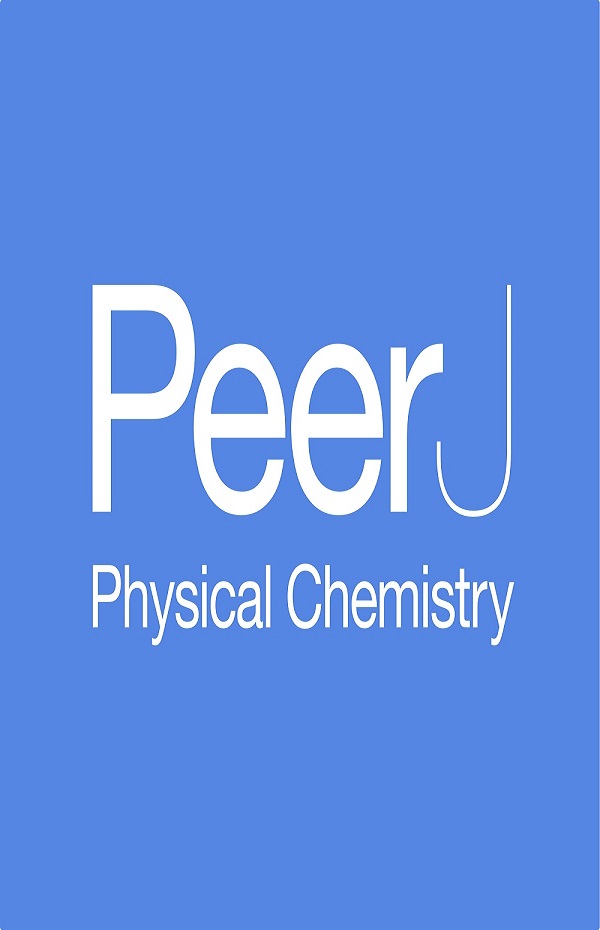Comparative analysis of radiological outcomes among cephalomedullary nails: helical, screw and winged screw
IF 2.4
3区 生物学
Q2 MULTIDISCIPLINARY SCIENCES
引用次数: 0
Abstract
Objective Cephalomedullary nails (CMN) are implants with a high success rate in the surgical treatment of trochanteric fractures. The aim of this study is to compare the radiological outcomes and mechanical complications of femoral trochanteric fractures treated with three different CMNs. Methods Intertrochanteric fractures in patients aged 50 years and older treated with CMN between January 2016 and December 2021 were reviewed retrospectively. A total of 158 cases meeting the criteria were included to final analysis. Cases were divided into three groups based on the type of nail used (helical blade: group 1, n = 54; screw: group 2, n = 53; winged screw: group 3, n = 51). Demographic characteristics, mechanical complications, reduction quality, tip-apex distances (TAD) and Cleveland zones were compared between the groups. Femoral neck shortening, varus collapse, lag sliding, changes in abductor length were compared between study groups. Factors affecting mechanical complications were also analyzed. Results Study groups were homogenic in terms of demographic characteristics, fracture type and reduction quality. Regarding mechanical complications, no statistically significant difference was found between groups. All three implants had similar outcomes on femoral neck shortening, varus collapse and lag sliding. Pooled analysis of 158 cases showed that mechanical complications increase as the quality of reduction decreases (p = 0.000) same applies when TAD alters from the desired range (p = 0.025) and with non-optimally implanted blade according to Cleveland zones (p = 0, 000). Conclusion The radiological outcomes and mechanical complications of helical blade, screw type blade and winged screw type blade proximal femoral nails are similar in selected group. Regardless of the device type, it is necessary to obtain high reduction quality, obtain TAD within described range and optimally place the blade according to Cleveland Zones to reduce the failure rate and avoid complications.头髓内钉:螺旋钉、螺钉和翼形螺钉的放射学结果比较分析
目的 头髓内钉(CMN)是手术治疗股骨转子骨折成功率较高的植入物。本研究旨在比较使用三种不同 CMN 治疗股骨转子间骨折的放射学结果和机械并发症。方法 对2016年1月至2021年12月期间接受CMN治疗的50岁及以上股骨转子间骨折患者进行回顾性研究。符合标准的 158 例病例被纳入最终分析。根据使用的钉子类型将病例分为三组(螺旋刀:第1组,n = 54;螺钉:第2组,n = 53;翼状螺钉:第3组,n = 51)。比较了各组的人口统计学特征、机械并发症、缩径质量、顶端-顶端距离(TAD)和克利夫兰区。比较了研究组之间的股骨颈缩短、屈曲塌陷、滞后滑动、外展长度变化。此外,还分析了影响机械并发症的因素。结果 各研究组在人口统计学特征、骨折类型和复位质量方面具有相似性。在机械并发症方面,研究组之间没有统计学意义上的显著差异。所有三种植入物在股骨颈缩短、曲塌和滞后滑动方面的效果相似。对 158 个病例的汇总分析表明,机械并发症会随着股骨颈缩窄质量的下降而增加(p = 0.000),当 TAD 偏离预期范围时(p = 0.025)以及根据克利夫兰区非最佳植入刀片时(p = 0.000),机械并发症也会增加。结论 在所选组别中,螺旋叶片、螺钉型叶片和翼状螺钉型叶片股骨近端钉的放射学结果和机械并发症相似。无论采用哪种器械,都有必要获得较高的截骨质量,在所述范围内获得 TAD,并根据克利夫兰区最佳放置刀片,以降低失败率并避免并发症。
本文章由计算机程序翻译,如有差异,请以英文原文为准。
求助全文
约1分钟内获得全文
求助全文
来源期刊

PeerJ
MULTIDISCIPLINARY SCIENCES-
CiteScore
4.70
自引率
3.70%
发文量
1665
审稿时长
10 weeks
期刊介绍:
PeerJ is an open access peer-reviewed scientific journal covering research in the biological and medical sciences. At PeerJ, authors take out a lifetime publication plan (for as little as $99) which allows them to publish articles in the journal for free, forever. PeerJ has 5 Nobel Prize Winners on the Board; they have won several industry and media awards; and they are widely recognized as being one of the most interesting recent developments in academic publishing.
 求助内容:
求助内容: 应助结果提醒方式:
应助结果提醒方式:


